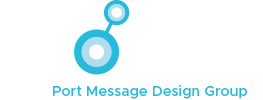![]()

A Digital Twin project will assist the Port of Ravenna in managing its assets, planning projects and maintenance, and fulfilling a major canal dredging programme.
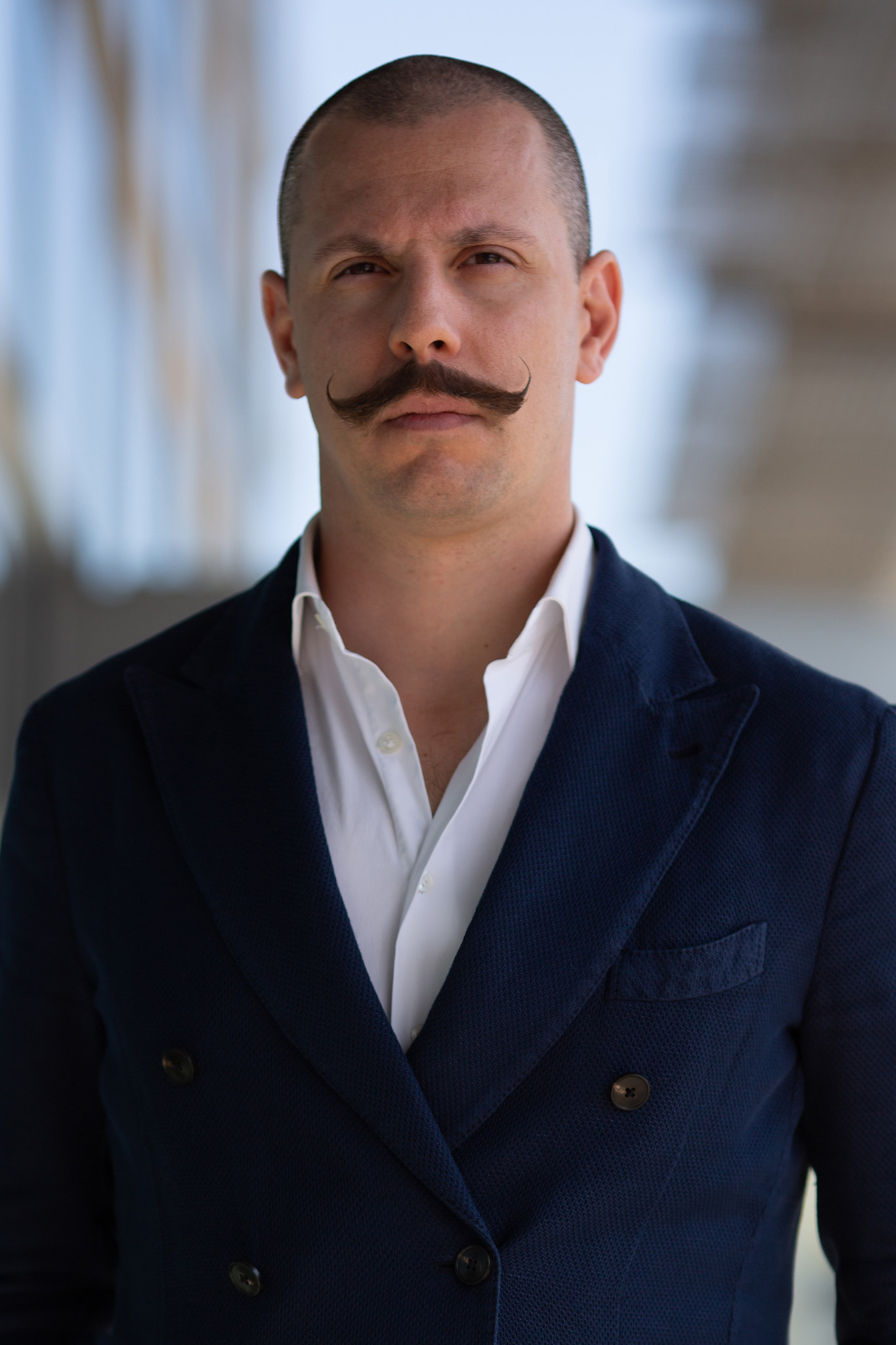
Photo: Saimon Conti, CNT Technologies
The port is working with Ancona-based CNT Technologies, whose managing director, Saimon Conti, says the idea of a port Digital Twin started when working with two shipyard clients.
“We are a small company developing software and robotics for the construction, shipbuilding, energy, agriculture and other sectors,” he says. “The idea of a Digital Twin started after a long journey between 2015 and 2017, testing our robotic solution on a couple of shipyards in Ancona. The idea was – shipbuilding is a mature industry with many complexities in the construction of a ship, but in terms of processes and technologies, it is quite old-fashioned. We saw that if you want to have precise control over your ship construction process, you need to have many technologies. But one of the main challenges was – how can I control the shipyard and optimise the process of shipbuilding? We started from that idea to think about how we can digitalise a shipyard and all the processing associated with its operations.”
It soon became clear, he says, that this was not a matter of just the shipyard, but of the whole harbour. “We began to consider if there was a way to digitalise an entire asset and to get benefit from it independently, wherever you are in the value chain of a port.”
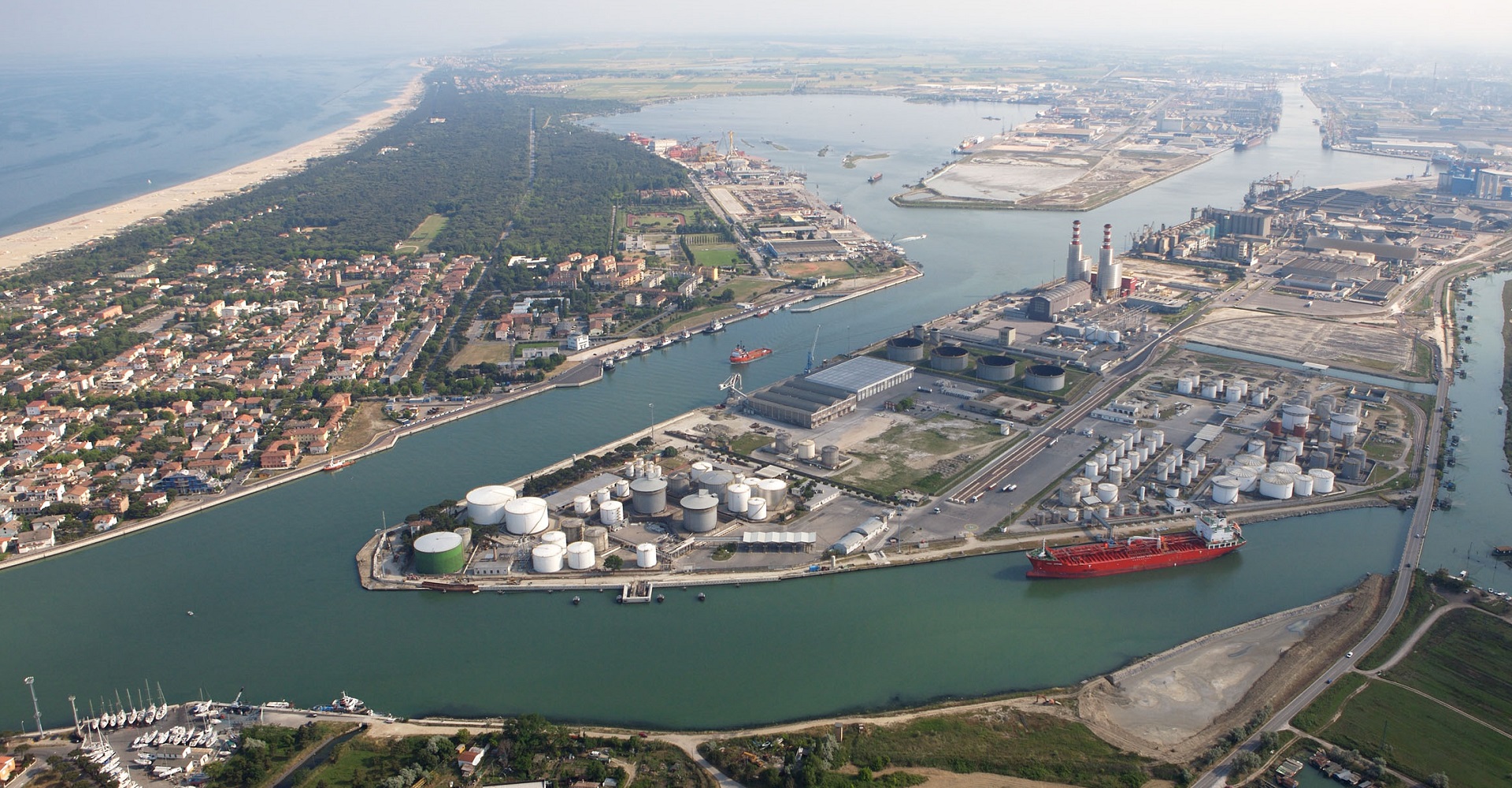
Photo: Courtesy of the Port of Ravenna Authority
As a small company looking for a big challenge, CNT wanted to find a port with many complexities in terms of shipping and the environment. Ravenna was the answer; one of Italy’s biggest ports, stretching 14 kms from sea to city centre, Ravenna is home to a range of operations, including oil & gas, while the city is a UNESCO World Heritage Site.
CNT started a conversation with the Port of Ravenna Authority, an active member of IPCSA, on how to approach this challenge. They found a common background – they wanted to create a Digital Twin. CNT started with the idea that it only needed to talk to the port authority in such a project. However, the port was looking to integrate all its information into a dataset, and the project expanded to include numerous other authorities and stakeholders.
The completed Digital Twin will provide the port authority with an information model which Saimon likens to an interactive video game. It will include layer upon layer of information and will, of course, never stand still.
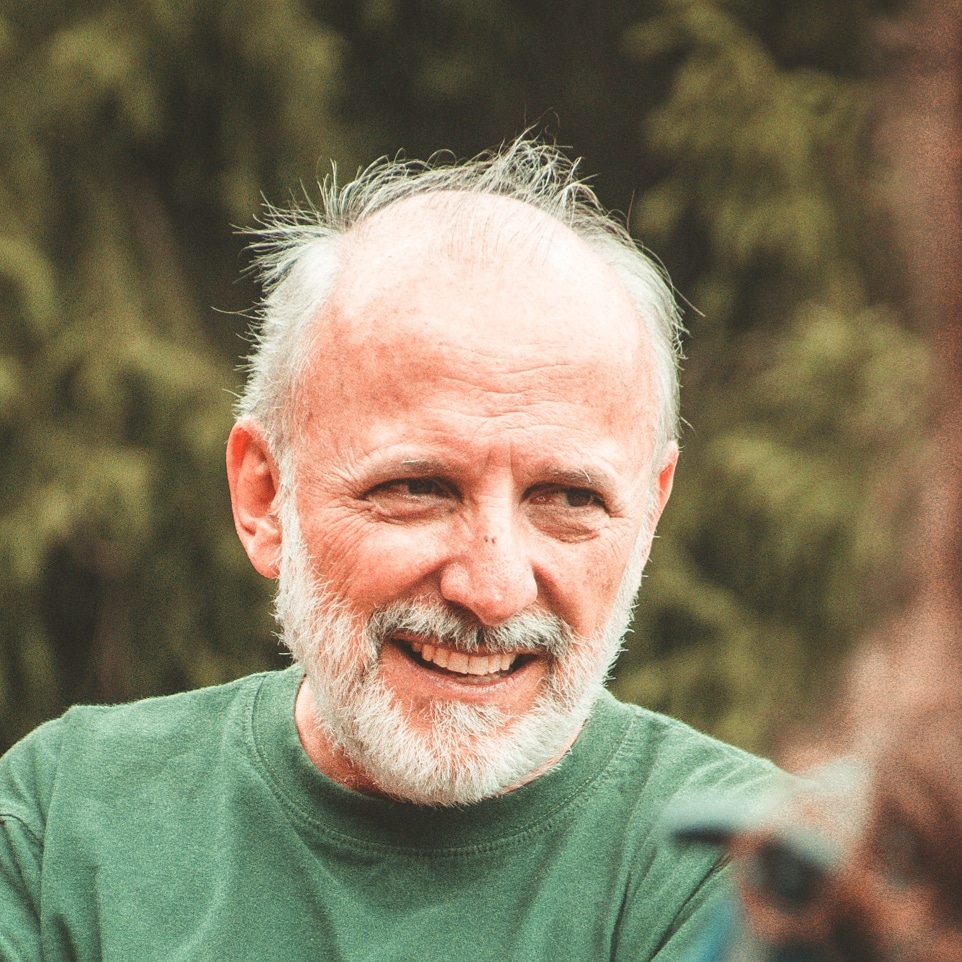
Photo: Andrea Minardi, Port of Ravenna Authority
Andrea Minardi, IT and security manager at Ravenna Port Authority, says: “As part of the Ravenna Port Hub project, in the next few years we will be dredging the entire port canal – from 10 metres depth to 12.5 metres in the first phase, with plans to reach 14.5 metres. This will open up new markets and opportunities for the port. The Digital Twin will provide real-time information on the depth of water – how it is changing and how it has changed. This will be helpful in evaluating the works to be done in the different sections of the canal.”
Saimon adds: “Up to now, the port authority has had all the historical and current information on the status of the seabed stored in many folders, from many surveys; in the future, this Digital Twin will provide a unique database showing the chronology of the water depths and how they have changed.”
The dredging project is just one example of what can be achieved. The Digital Twin is bringing together information on everything from light towers and buoys to port infrastructure and assets, and also incorporates data collected from regional and local authorities, public service providers and other interested parties. To give an idea of the diversity, it ranges from information on soil to the layout of cables.
CNT is embedding all this information into a unique, multi-layered 3D file, linking through to data sheets, certification and a range of other information.
“Anyone searching for information can visualise what they need in one process,” says Andrea.
Going back to the start, Saimon points out that in Italy, 90 per cent of shipyards are built on land owned by a port authority. “You can build a Digital Twin of a shipyard but it is much more intelligent if you try to build a Digital Twin of the whole port authority, then embed the information about the shipyard.”
He says the journey has proved more challenging than expected; that was due to one of the perennial challenges in this sector, encouraging people to share information and trust each other.
“The process itself is easy because we know what we have to do. But the main challenge was to collect the data. The port authority has a lot of data on assets but there are many other authorities working with them which own the data. Most difficult was to collect the data from the town, the region, the Environment Ministry, all the agencies dealing with the port authority, and public companies providing services within the port and to the port authority. We had to investigate where we would have to go to find information, who we would have to contact to reach the goal. It was more about public relations – finding the right person. Sharing information was a bit step for many. I have been talking to public authorities and they are not trusting each other – they are possessive of their own data.”
No port is an island, of course. When considering a development or project in the port, neighbouring buildings and infrastructure must be considered as well as direct assets. All need to be mapped in the Digital Twin.
Work to import into the model information about all the trees surrounding the port involved a three-step effort. “The town sent me to the company that is in charge of keeping the town clean; that company sent me to another that is in charge of gardening.”
The Digital Twin will be a really valuable asset and archive of information for the port authority, helping with planning port developments or simulating new operations or vessel calls, for example.

However, the benefits will extend a great deal further, supporting many other stakeholders. The data and 3D visualisation embedded in the Digital Twin could be used by organisations planning a city concert or event, for developers to visualise and put in context a proposed building, for working out and optimising traffic flows or even analysing and preparing security and emergency response plans.
Elements of the Digital Twin project will be explained in internal presentations soon, and then a public presentation is expected in May.
There is, says Saimon, no way to say it is finished. It never will be. “Think about all the surveys being done for controlling or providing information for dredging – the model will be like a living object that you need to update daily, weekly, monthly in order to support its integrity,” he says. CNT plans to train the Port of Ravenna Authority staff to create, use and update data.
In the meantime, new ideas are emerging. “We are testing the use of drones in order to acquire data, especially for the depth of water and to map the seabed,” says Andrea. “A drone can transfer and share data almost in real time so that we can update the Digital Twin. It’s a kind of dialogue. We have been testing a USV –unmanned surface vehicle or, colloquially, an aquatic drone – which also helps to gather information for maintenance and also to assess what might be the impact of a ship collision, for example. This is an opportunity to test things and to be ready for a possible emergency situation.”
Discussions are ongoing about using UGVs – unmanned ground vehicles – to patrol and monitor the port area. Ravenna is aware that the Digital Twin will be incredibly helpful if a shipping company wants to train a new captain quickly before entering port for the first time – or, indeed, for any operator wanting to practise in advance of bringing autonomous vessels into the port.
“Any company wanting to build a new terminal can simulate the scenario in the port and surrounding area and decide on the optimum project,” says Andrea. “The Digital Twin will be a good tool for acquiring new traffic and business for the port, and for helping to reduce and reorganise maintenance costs. It will provide a revolution in the way that we work.”
DOWLOAD IPCSA ARTICLE – PORT OF RAVENNA DIGITAL TWIN
 To view the original IPCSA article in the Port Technology International Journal please go to:
To view the original IPCSA article in the Port Technology International Journal please go to:
https://www.porttechnology.org/technical-papers/digital-transformation-real-results/
https://www.porttechnology.org/editions/ports-embark-on-digital-transformations/
 To find out more about the Port of Ravenna Digital Twin Project
To find out more about the Port of Ravenna Digital Twin Project
Port Ravenna Authority – www.port.ravenna.it
Andrea Minardi, CIO – andrea.minardi@port.ravenna.it
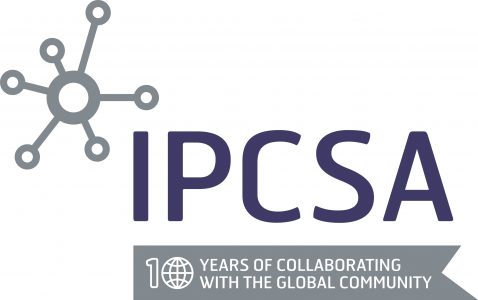
To find out more about the IPCSA, Port Community Systems, Single Windows or membership of the Association
International Port Community Systems Association – www.ipcsa.international
Richard Morton, Secretary General – richard.morton@ipcsa.international


